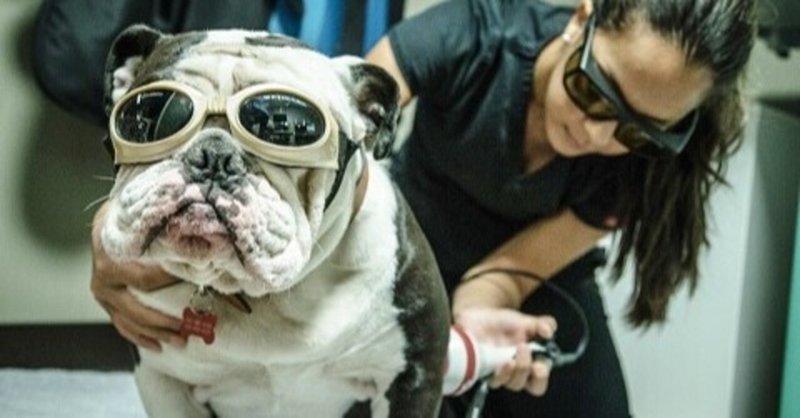
How does Veterinary Laser Therapy affect on pet's tissue?
Veterinary Therapy lasers utilize light rushes of a particular frequency to cause photobiomodulation or the change of cell and tissue physiology. The light consumed by cell parts animates electrons and enacts cells to advance development, expansion, relocation, and fix.
The sort and profundity of tissue that reacts to laser treatment rely upon the frequency of the light that is transmitted. Most remedial lasers utilize red or close infrared light, which has a frequency of 600–1070 nanometers, in spite of the fact that units with green, blue, and violet light, which have lower frequencies, are getting more well known. Laser light emissions frequencies are consumed by shallow tissue, like the skin, though light emissions frequencies infiltrate further to muscles and bones.
Laser therapy helps tissue repair by causing the following:
>Muscle relaxation
>Decreased inflammation
>Endorphin release
>Vasodilation, which increases blood flow to bring in oxygen and cells involved in the healing process
>Faster healing and repair
How much safe it is?
Veterinary Laser therapy is protected whenever performed effectively, utilizing the appropriate settings and treatment terms. More powerful units can make warm consumes tissues whenever utilized erroneously. Similarly, laser radiates coordinated at an eye can cause perpetual retinal harm, so patients and all veterinary staff should wear defensive goggles during therapy.
Process of Veterinary Laser Treatment
During a treatment process, the handheld laser wand is gradually moved to and fro over the harmed tissue, delivering a warm, charming impression that most pets appear to appreciate and discover unwinding. Meetings typically last 15 to 30 minutes, with the number of meetings and recurrence of medicines subject to the injury. Persistent conditions might be dealt with week by week, while careful cuts and open injuries frequently require everyday treatment.
この記事が気に入ったらサポートをしてみませんか?
